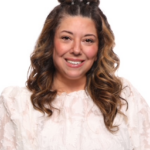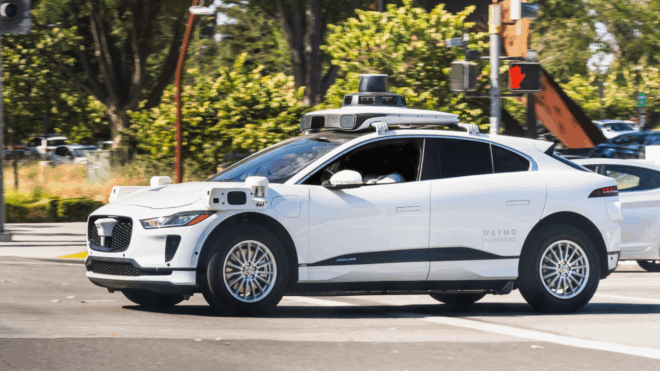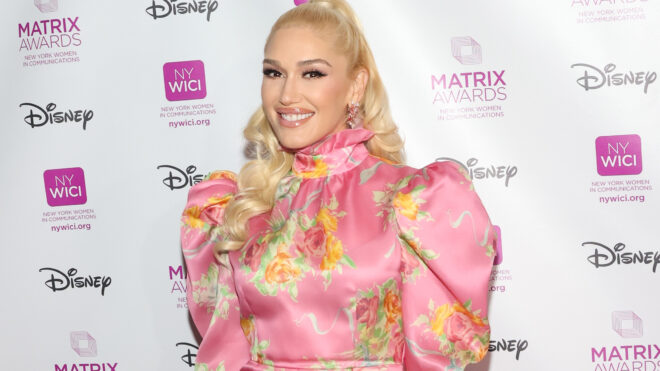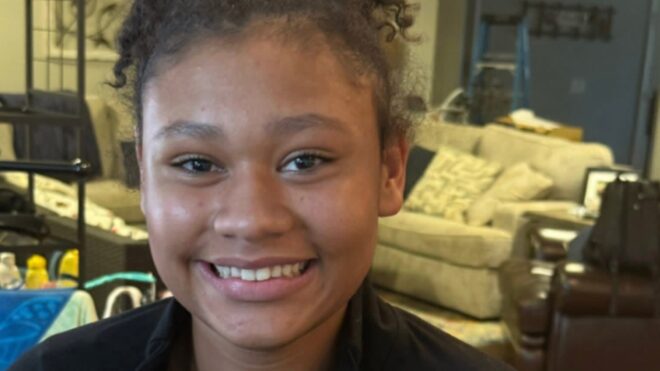I don’t know about you, but I’ve always had a dysfunctional relationship with my body. It’s one-sided — mostly me hating it and it taking the brunt of my dissatisfaction. It started at age 12 when I took an innocent comment made by my very athletic dad and twisted it into something much deeper and darker than it was.
What was the faux pas he made in his words? “Mija (My dear), you need to run more,” he said.
The man was a runner. I was frequently his running partner. But on this particular day, to my 12-year-old ears, as I stood next to my very thin mom, I heard, “You’re fat and even I, your dad who completely adores you, can see that you are fat and something needs to be done about it. In this state, you are unlovable.” That’s what my brain twisted the comment into, and I’ve spent decades trying to reverse my hate for my body.
That was the beginning of a lifetime of body dysmorphia so bad that my therapist told me, after three years of intense therapy, to try to reverse the way I see my body, that I should never trust what I see in the mirror. She said what I see myself as looking like is not what I actually look like to everyone else. This became the slippery slope that landed me in acute eating disorder hell for almost a decade of my life. The harder I tried to beat my body into submission, the more I hated it for making it so hard. This started when I was 15 and lasted until I was 25 years old, but the recovery is a lifetime.
More from CafeMom: Celebrate Your Mom Bod: Guide to Postpartum Self-Love
It was hard loving my body after giving birth.
When I gave birth my body changed in ways that I didn’t even know possible, and all I could do was accept it. I was just along for the ride. It was really hard psychologically for someone who is not only a control freak and a perfectionist but who also struggles with eating disorders and body image issues. Every single day was a choice to remind myself what my body was doing right instead of focusing on its imperfections. I made it through by remembering that this body was giving me the one thing I wanted most in this world: my child. But still, I struggled with accepting and loving my body.
After giving birth and breastfeeding, my body changed even more. Things were bigger than they once were and not as tight. Gravity was taking its toll. I was exhausted and had little to no time to do anything productive to help snap by body back into shape. I tried, but there was just never enough time in the day. I reluctantly resigned myself to the fact that maybe this “monstrosity” of a body was as good as it was going to get. I felt defeated. I gave up on myself.
Learning to love a broken body ...
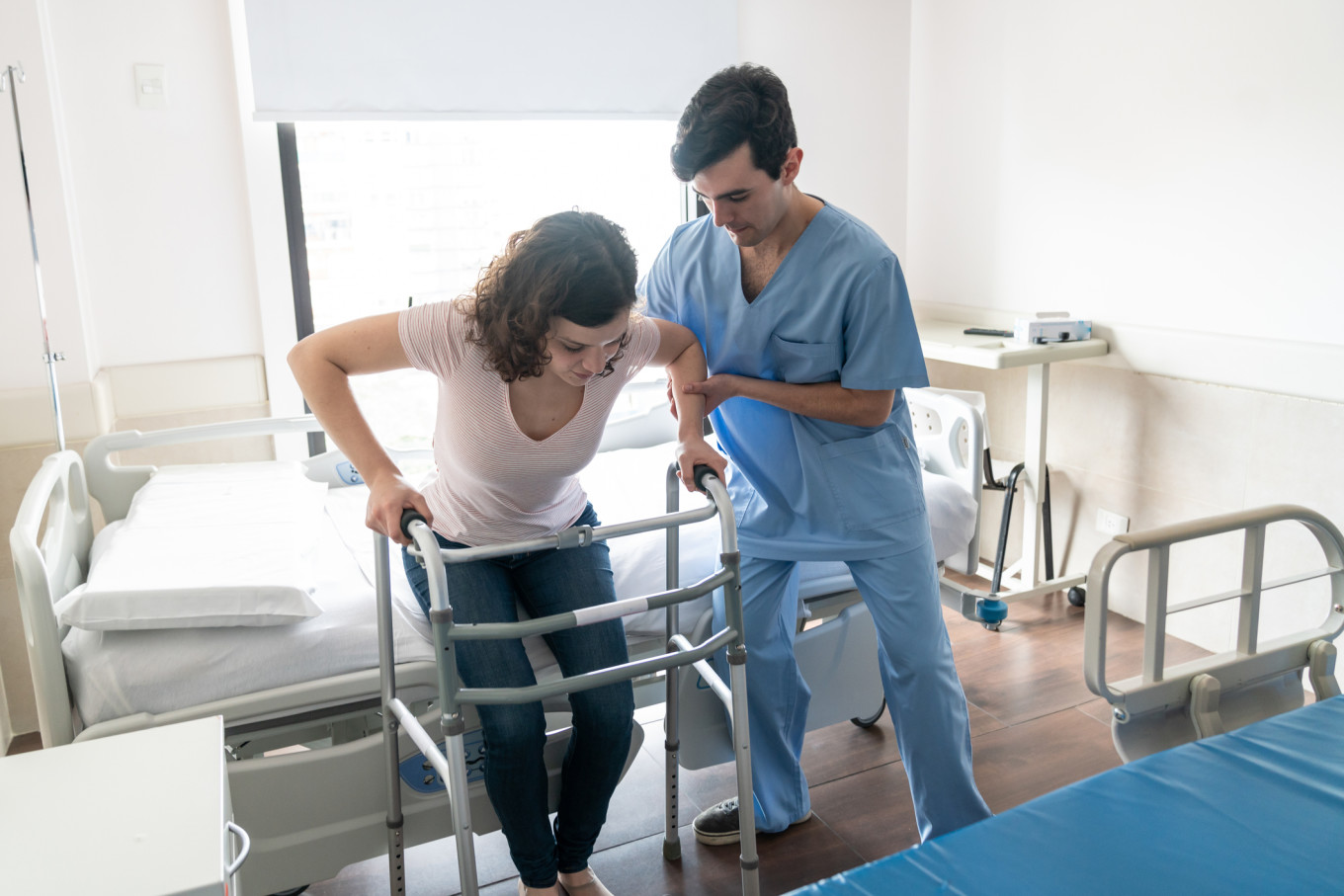
Then, in 2015, I broke my leg in ways that I didn’t even think were possible. It was more than an injury; it was a life event. It left me bedridden for 12 weeks, unable to walk or even bear weight on my legs. That’s when I discovered a renewed sense of respect and wonder for all that my body could do and an appreciation for how strong and resilient it could be.
When you can’t move, being overweight seems like a First World problem. I had to rebuild my muscles and learn to walk again. That changed me. It reframed my perspective because suddenly, my body’s shape and size were a lot less important than its functionality. Who cares if it’s not perfect as long as it works?
Learning to love my post hysterectomy body ...
Things were starting to get better in the relationship between me and my body when three little fibroids decided to declare mutiny on me. I had a heavy period for 11 months straight and nothing could stop it. Not birth control, not hormones, and no amount of lifestyle changes. I became severely anemic and started experiencing vertigo and anxiety. An annual visit became an in-office D&C to remove a uterus full of blood. Soon after, I had a nearly complete hysterectomy leaving behind only one ovary.
If you thought I hated my body before the hysterectomy, you have no idea the dark place my mind went after that. I was conflicted between gratitude for all that it had done for me and anger at what it no longer could. I felt less than. I had to reconcile myself to the fact that the menopause wick had been lit and I had no idea when it would blow. I could see the changes my body was making in response to the hysterectomy and again, I felt helpless against it, which only deepened my resentment toward it for betraying me.
More from CafeMom: How I Turned My Midlife Crisis Into a New Mom Attitude
Learning to love my body for all that it can do ...
A couple of years later, I was diagnosed with type 2 diabetes and hypertension. That was a pallet cleanser. From that moment forward, I no longer cared about size and shape. Instead, I only cared about health. My goal was to reverse both conditions. I worked my tail off and I did it, and I have to keep showing up and doing it every single day for the rest of my life.
Loving my body boiled down to reprioritizing what my body meant to me. It was no longer about looking good in a bathing suit, and it suddenly became about living to be 100. It became about being around to see my girls grow up, graduate from college, get married, and start families of their own. It became about living to love them, and that had to start by loving myself.
How I learned to accept and love my ever-changing post-baby years, post-hysterectomy, middle aged body and how you can too is by simply giving yourself some grace and as much compassion as you’d give to the people you love. I used to hate my body for what it wasn’t but now, I love it for what it is. I was judgmental and cruel to the me in the mirror. I hated her and I beat her into submission by every means necessary.
I almost killed her. I starved her, overworked her, neglected her, and despised her, but now, I adore her. She sustains me. She always has. She’s always done what she needs to do. I only needed to reframe my perspective. The thing was, there was nothing wrong with my body all along — it was my mind that was betraying me.
